NYC’s 10 best historic house museums
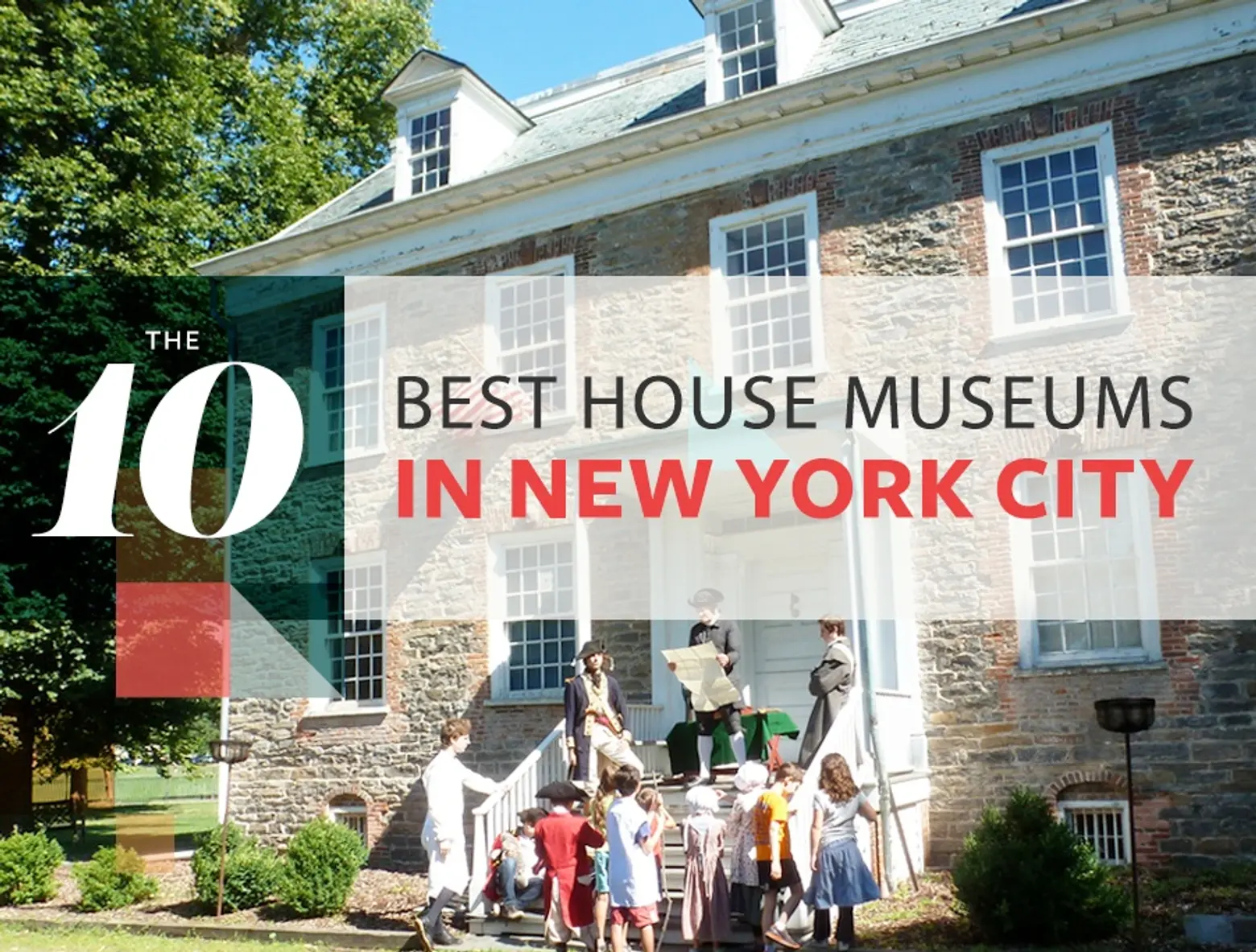
Did you know there are 23 house museums across the five boroughs? All of which are supported by the Historic House Trust, a nonprofit that works in conjunction with the Department of Parks & Recreation to preserve these sites of cultural and architectural significance. From farmer’s cottages to gilded mansions, these public museums span 350 years of city history and offer fun additions such as art collections, historic holiday-themed events, and specialized tours. Ahead, 6sqft has put together a list of 10 house museums that represent some of NYC’s most storied history.
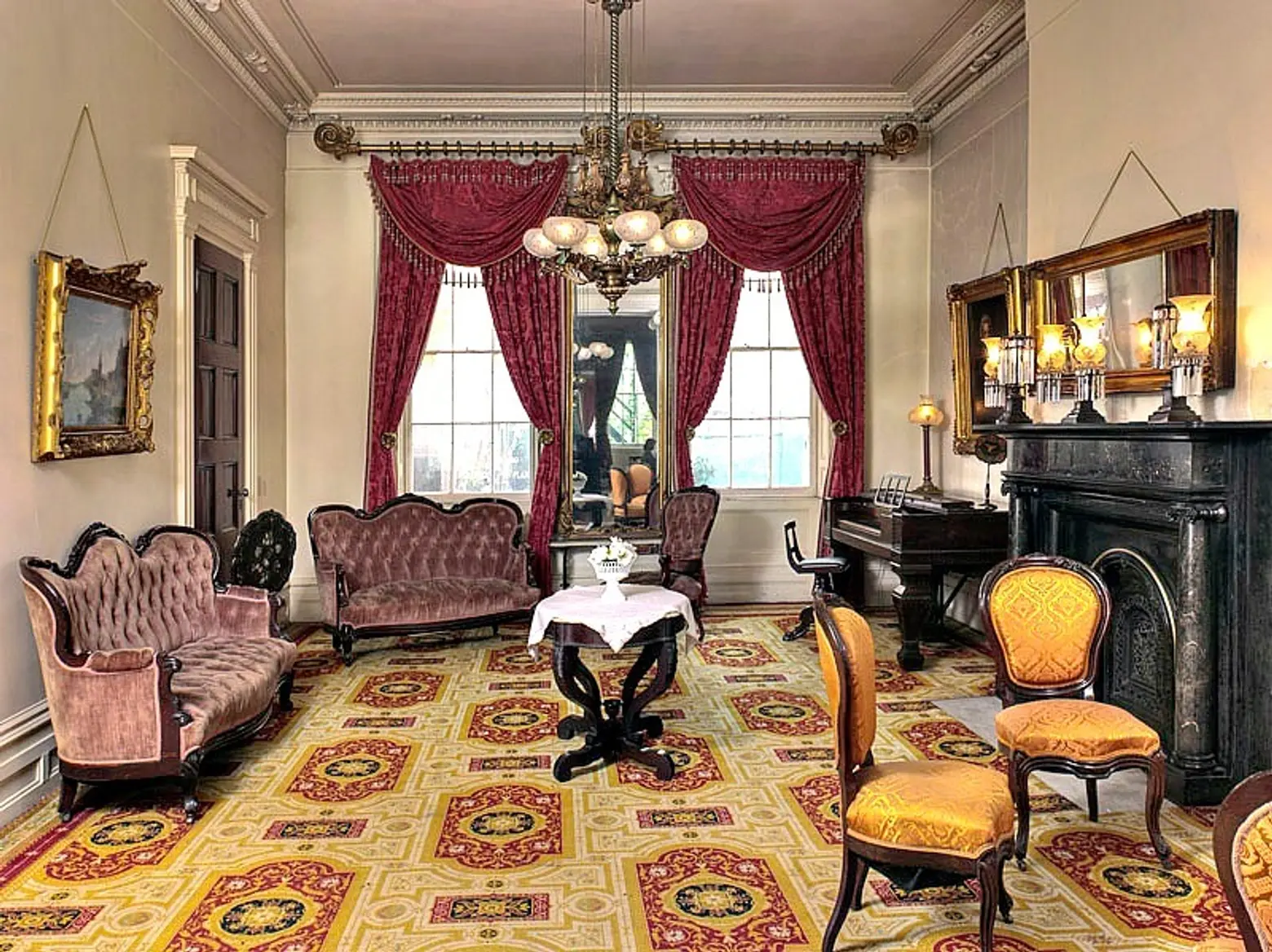 Image courtesy of the Merchan’t House Museum
Image courtesy of the Merchan’t House Museum
Located on the border of the East Village and Noho, the 1832 Merchant’s House Museum has served as a house museum for 80 years and is one of the first individual buildings designated an official landmark by the city. Arguably the most high-profile of the lot, it boasts an 1832 late-Federal brick exterior along with Greek revival interior rooms. It’s best known for featuring a 3,000+ item collection from the Treadwells–the wealthy merchant-class family who lived in the house from 1835 to 1933–including original furnishings and personal possessions, therefore offering a rare and intimate glimpse into domestic life during 19th century New York. In addition to many public programs, specialized tours, and rotating exhibits, the Merchant’s House hosts very popular ghost tours around Halloween and a historically themed rendition of “A Christmas Carol.”

Gracie Mansion via Wikipedia
The current residence of the de Blasio clan, Gracie Mansion was built in 1799 by shipping merchant Archibald Gracie, and it is the only surviving example of the elegant country homes that once lined the East River. After years of use as a comfort station and ice cream stand for surrounding Carl Schurz Park, the mansion became home to its first mayor in 1942 when Fiorello H. La Guardia took up residency.
Today, the Gracie Mansion Conservancy operates both public and private tours of the mayoral home, as well as rotating exhibits. Currently on view, in honor of the residence’s 75th anniversary, is an art installation titled “New York 1942,” a collection of World War II-era objects that tell the story of New York City during this time, as well as of the period when Gracie Mansion became the official mayoral residence.
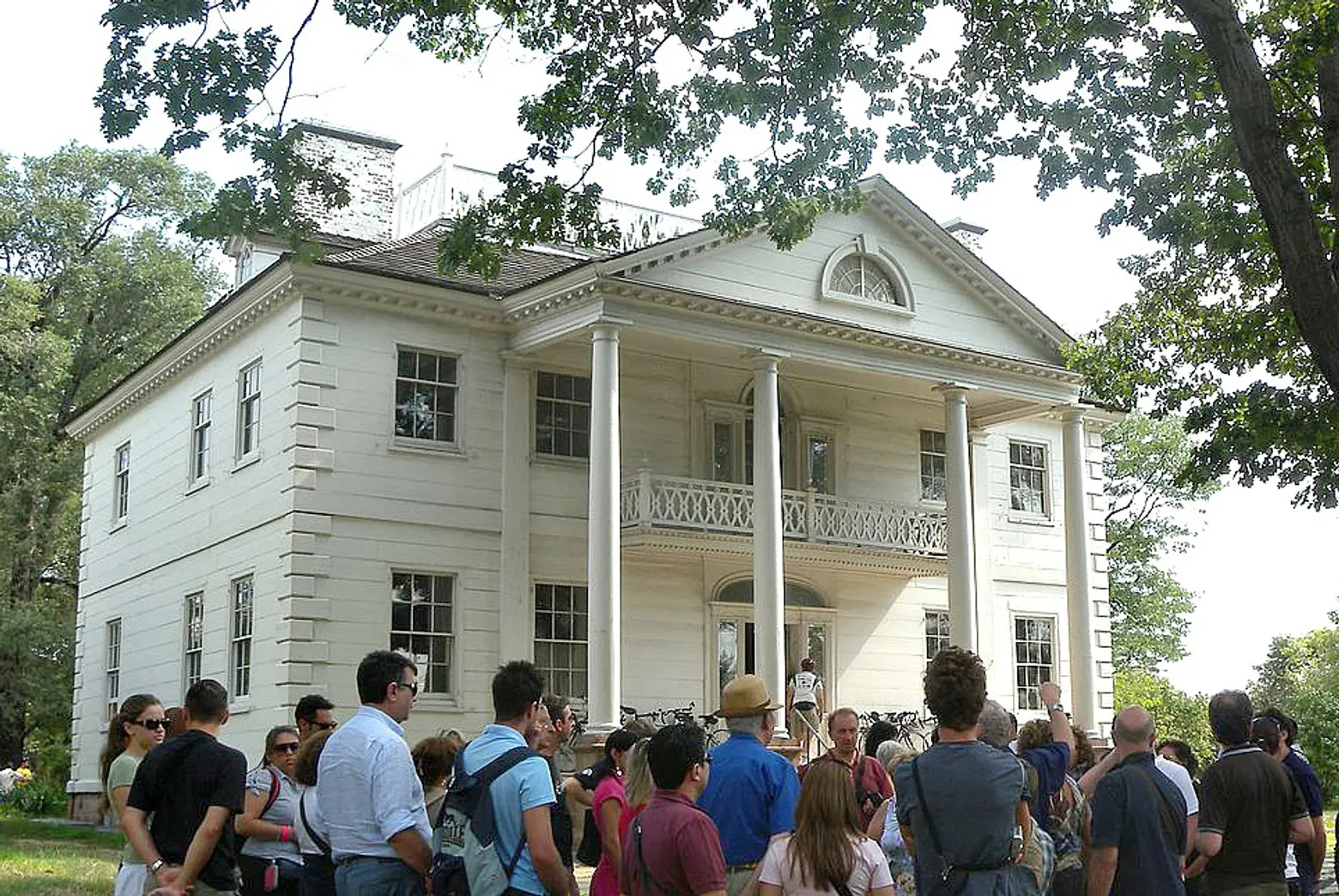 Via Morris-Jumel Mansion Museum
Via Morris-Jumel Mansion Museum
3. Morris-Jumel Mansion Museum
Located in Rogers Morris Park at 160th Street, the Morris-Jumel Mansion Museum was erected in 1765 in the Georgian Style as a country retreat for Roger and Mary Morris. The home played host to some of the colony’s most fashionable parties until being seized by the Continental Army in 1776 to serve as George Washington’s headquarters during the Battle of Harlem Heights. In 1810, wealthy French wine merchant Stephen Jumel bought the home and outfitted it with luxurious furniture and paintings from Paris.
The mansion was first opened to the public in 1904 by the Daughters of the American Revolution as Washington’s Headquarters. Today, it stands as NYC’s oldest house and features restored period rooms from the Morris, Washington, and Jumel eras. It also offers guided tours, exhibitions, after-school programs, and musical events and is available to rent for weddings, galas, and the like.
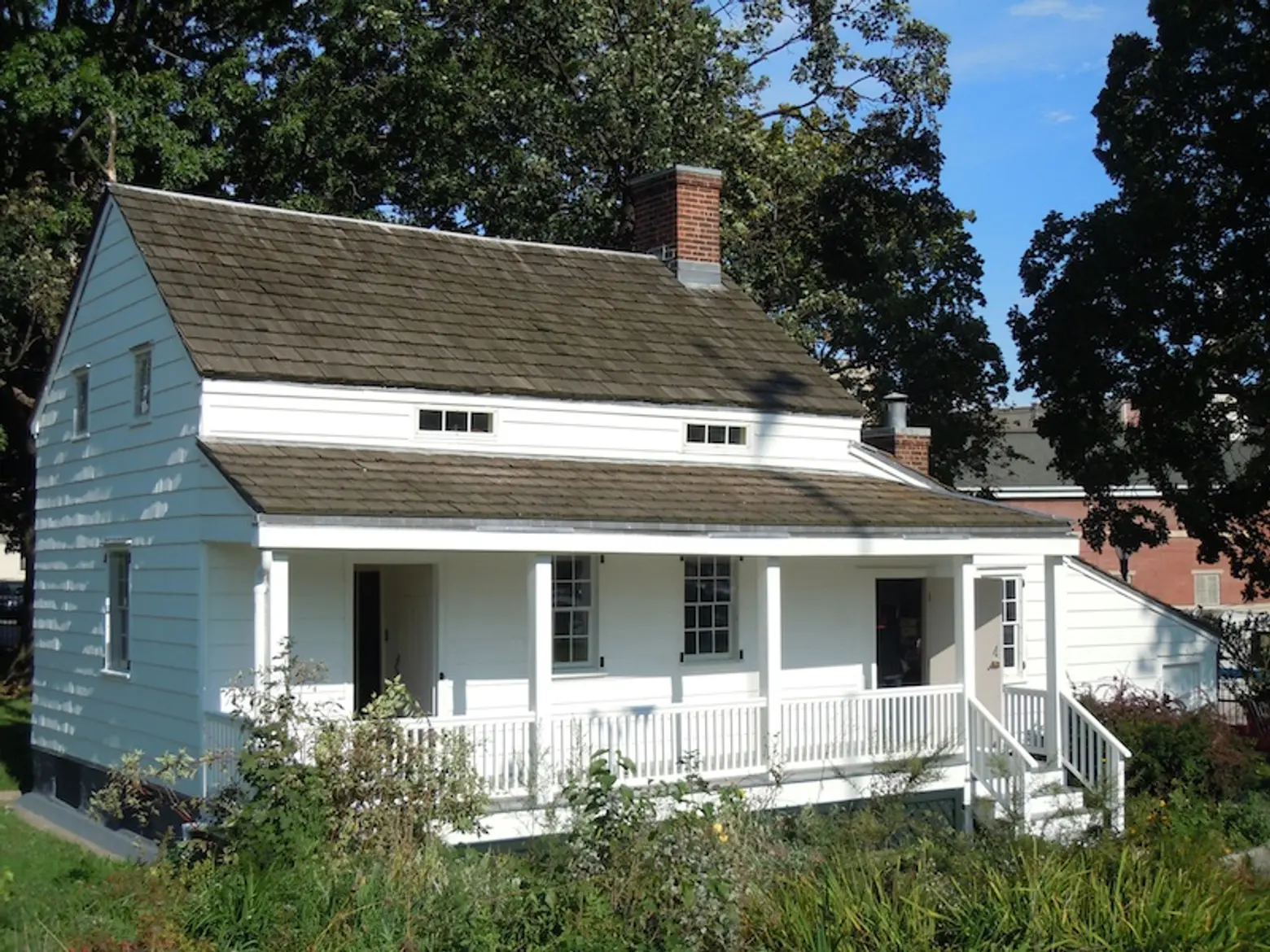 Edgar Allan Poe Cottage, courtesy of the Bronx County Historical Society
Edgar Allan Poe Cottage, courtesy of the Bronx County Historical Society
Some of the Historic House Trust’s sites were designated not for their architecture or the role they played in the city’s history, but rather for the famous individual who lived at the address. A perfect example is the Bronx’s Edgar Allan Poe Cottage. Built in 1812, the modest, five-room structure was typical of the working-class houses that filled the old village of Fordham. It’s also where the famed poet spent the remaining years of his life, deciding on the tranquil spot in 1844 in the hope that it would cure his wife’s tuberculosis (it did not; she passed away in 1847, and he followed two years later). Here, Poe wrote some of his most famous works, including “Annabel Lee,” “Eureka,” and “The Bells.”
In 1913, the house was saved from demolition by the New York Shakespeare Society. The organization raised funds to move the cottage across the street to a public park where it still remains. Today, the museum’s rooms have been restored with period furnishings to resemble how they would have looked during Poe’s stay in the 1840’s. On a guided tour, visitors can see the bed in which Virginia died and the rocking chair Poe used.
The Van Cortlandt House Museum has the honor of being the city’s first house museum and the oldest building in the Bronx. It’s the centerpiece of a 1,000-acre urban park that was once the Van Cortlandt family estate. Merchant Jacobus Van Cortlandt started buying land in the Bronx in 1694 and developed his property into an extensive wheat plantation. His son Frederick inherited the estate and built the current Georgian home in 1748, a display of the family’s wealth and elegance. During the Revolutionary War, it was occupied by both the Colonial and British armies and hosted George Washington and William Howe.
The Van Cortlandt family, along with their slaves, stayed in the house until 1886, at which time they sold the entire estate to the city as part of Van Cortlandt Park. In 1896, the National Society of Colonial Dames in the State of New York restored the house as a museum of 18th-century life, boasting an impressive collection of historic furniture and decorative arts.
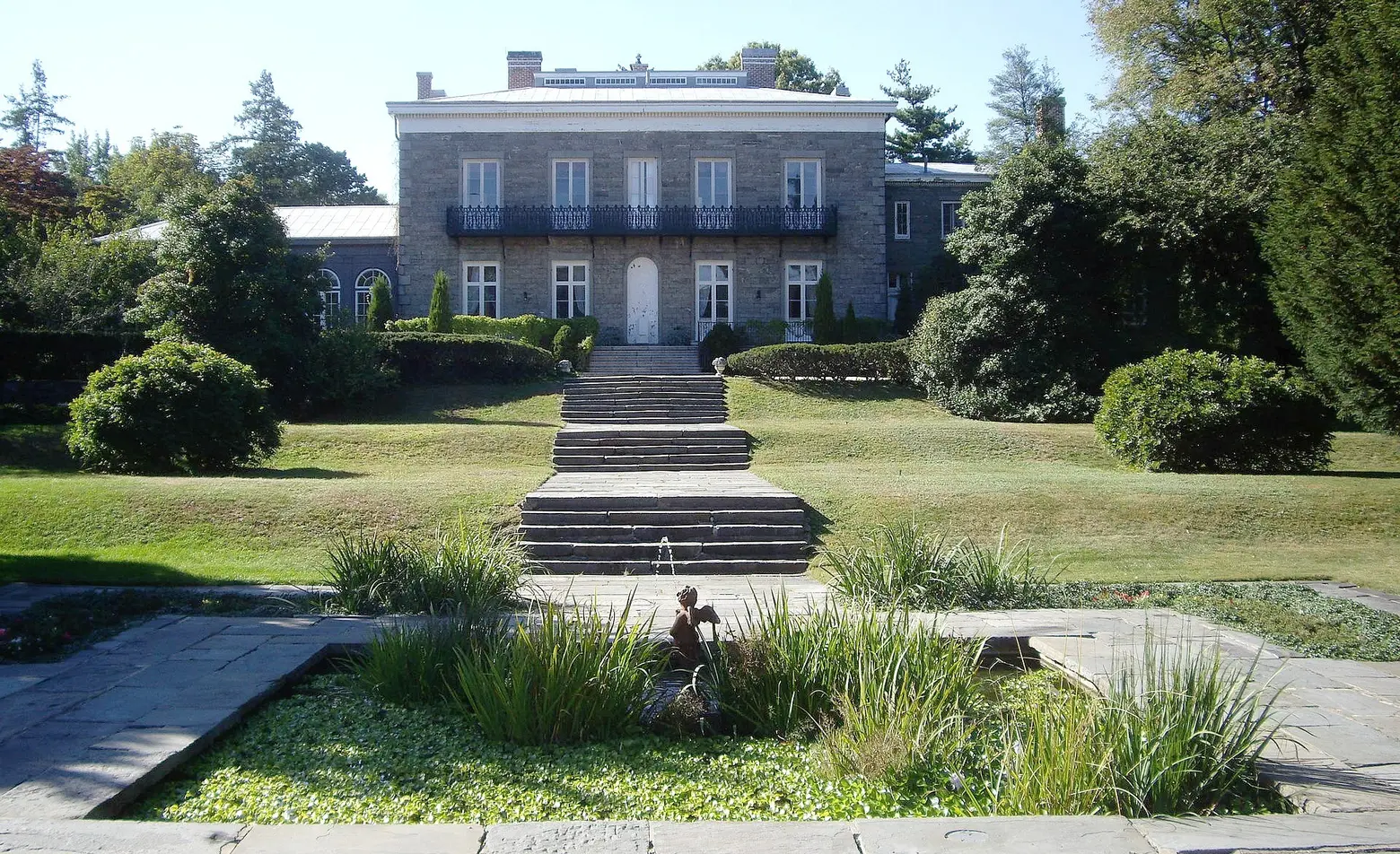
Bartow-Pell Museum via Wikipedia
Completed in 1842, the Bartow-Pell Mansion Museum lets visitors step back in time to the type of country living that existed around Pelham Bay Park in the early 1800s. Its history, however, dates back to 1654 when English doctor Thomas Pell bought nearly 9,000 acres of land from the Siwanoy Indians. In 1836, Robert Bartow, a descendant of the Pell family, bought the estate and erected a Grecian-style stone mansion with Greek Revival interiors. His family lived there for 50 years until his children sold the estate in 1888 to the city as part of the new Pelham Bay Park. In the early 20th century, the mansion assumed a role as the clubhouse of the International Garden Club, who restored and enlarged the structure, preserving elements such as the dramatic spiral staircase and adding the gorgeous terraced gardens.
The Club opened the mansion as a public museum in 1946, providing tours of the mansion and carriage house, furnished with period antiques and decorative arts, as well as access to the landscaped gardens and school programs.
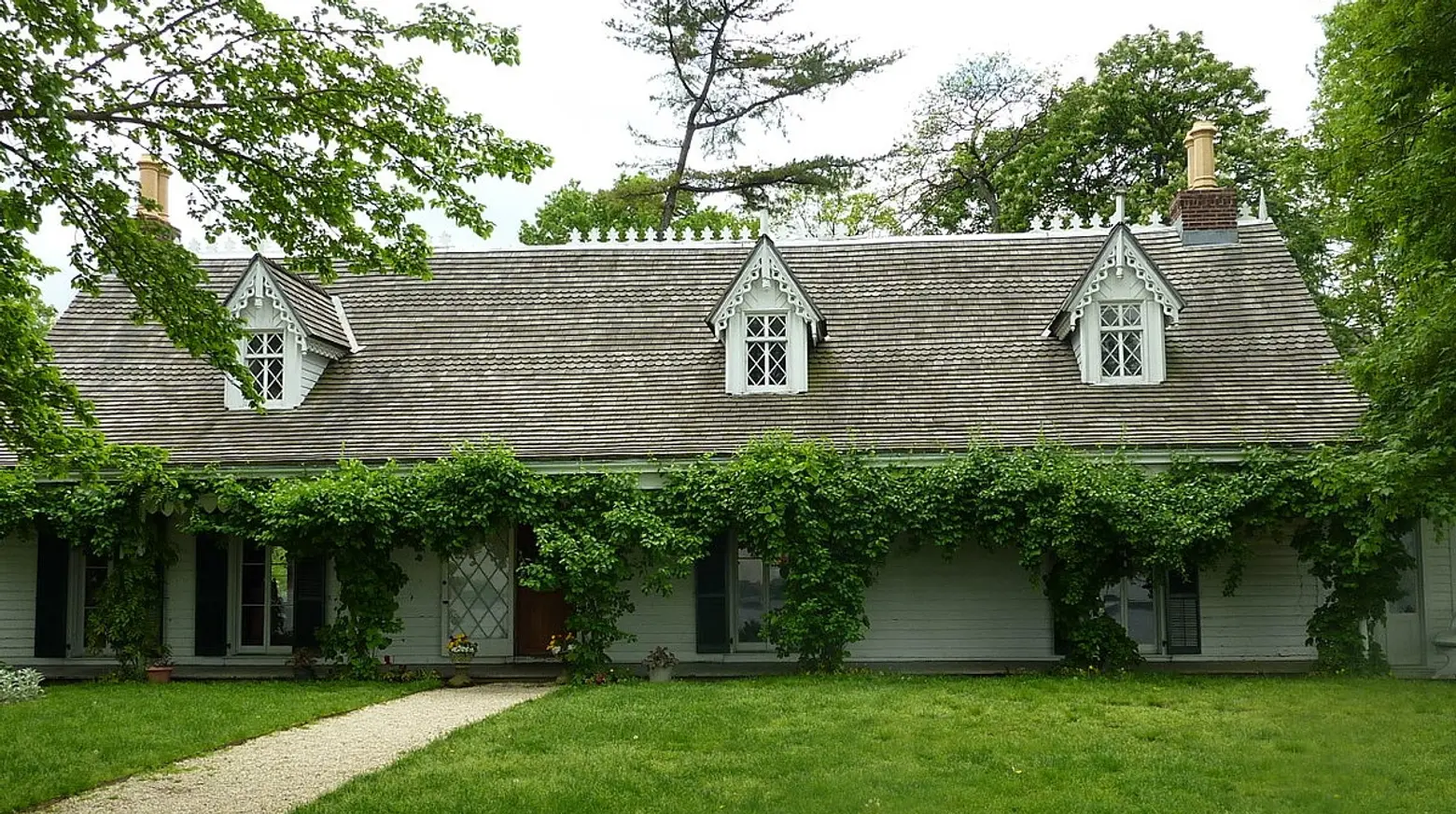
Alice Austen House via Wikipedia
Another former home of a notable New Yorker, the Alice Austen House Museum recalls the life of one of America’s earliest and most prolific female photographers and an inspiring “modern woman” of the Victorian age. Alice Austen captured over 8,000 images throughout her lifetime and is best known for her documentary work, including photos of immigrants arriving at Ellis Island and everyday street scenes. As a young girl, she moved into her grandfather’s suburban farmhouse in Staten Island, known as Clear Comfort, which he transformed into a Victorian Gothic Cottage.
When Alice had to leave the home in 1945, she was devastated. She passed away in 1952, and in 1985, a restoration of the property was completed, and today the house and garden are operated as a public museum that not only gives visitors a glimpse into Austen’s home life but displays photos from her collections. It also offers educational programs for New York City schoolchildren and hosts a range of public arts programs.
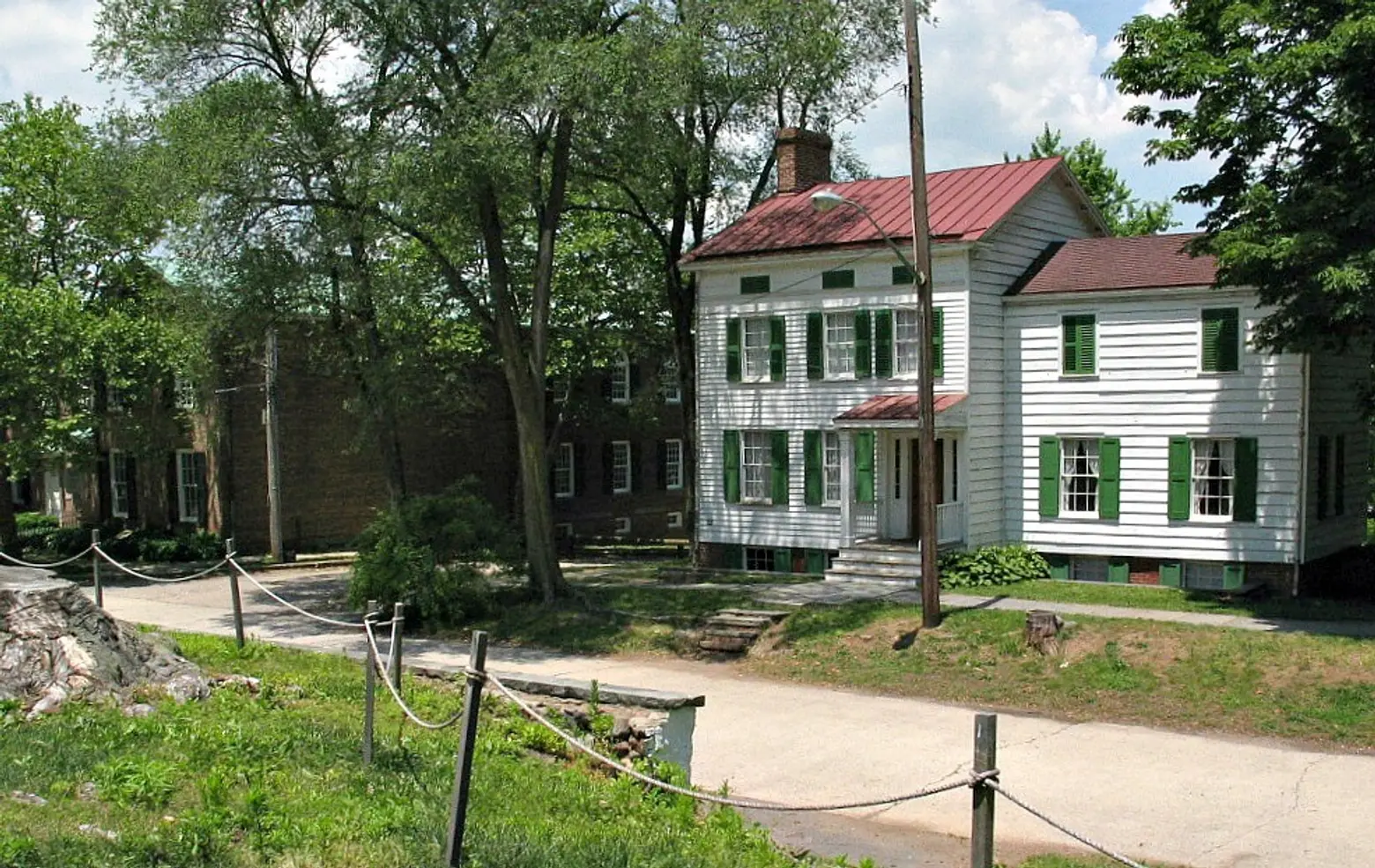 Historic Richmond Town via Wiki Commons
Historic Richmond Town via Wiki Commons
More than just a house museum, Historic Richmond Town is an entire living-history village that explores 300 years of NYC’s past. The Town of Richmond was established in the 1690s, becoming Staten Island county’s government seat in 1728. After the borough was incorporated into the City of New York in 1898, the government offices were moved to St. George and Richmond became a residential area. Later in the 1930s, local community members and the Staten Island Historical Society realized that Richmond Town’s intact collection of unused, historic buildings, ranging from the late 17th to early 20th centuries and including homes, commercial, and civic buildings, could be transformed into an amazing resource.
Today, more than 30 original structures sit on 100 acres that come alive in the spring and summer with period re-enactors filling the farmhouses, trade shops, and the county courthouse. In addition to a traditional museum in the former County Clerk’s and Surrogate’s Office, there’s Decker Farm, the 1661 Billiou-Stillwell-Perine House, and the 1864 Judge Jacob Tysen House. Throughout the property, there are more than 130,000 historic artifacts, photos, and archival collections, and the museum offers resources such as journals, films, and online archives. They also host concerts, rotating exhibits, school programs, a myriad of events (think food/wine tastings and a patriotic Independence Day celebration), and themed nights at the museum.
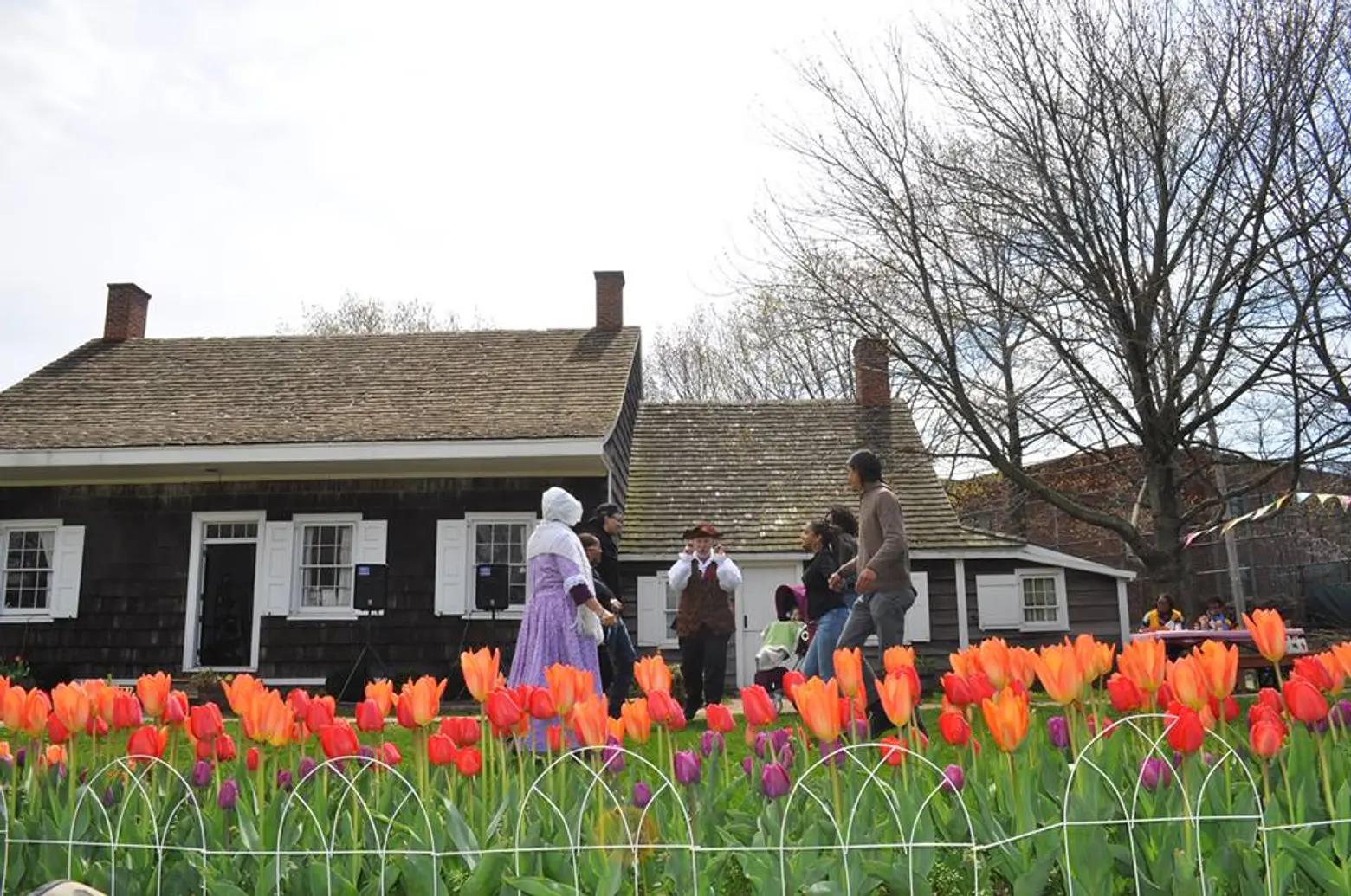
Via Wyckoff Farmhouse Museum
Built around 1652 in what is today East Flatbush, the Wyckoff Farmhouse Museum is the oldest structure in both New York City and New York state, as well as the oldest surviving example of a Dutch saltbox frame house in the country. It had been the home of Pieter Claesen Wyckoff, who arrived in Brooklyn in 1637 from Germany as an illiterate teenage farm laborer. After working for the van Rensselaer family, he became a successful farmer and magistrate and lived in a simple, one-room structure with a packed-earth floor. It’s been reconfigured over the years, as the Wyckoff family occupied the site for eight generations until 1901, but the original building still stands.
In 1965, the house became the city’s first individual landmark, and in 1982, after more than 50 years in disrepair, it was restored and opened as a public museum. It exemplifies the vernacular architecture of the Dutch-American farms of Brooklyn and Queens. In addition to offering tours and exhibits, the Wyckoff Farmhouse Museum hosts the annual Breukelen Country Fair, a variety of plating and agricultural programs in the garden, a farmers market, and many school and summer programs.
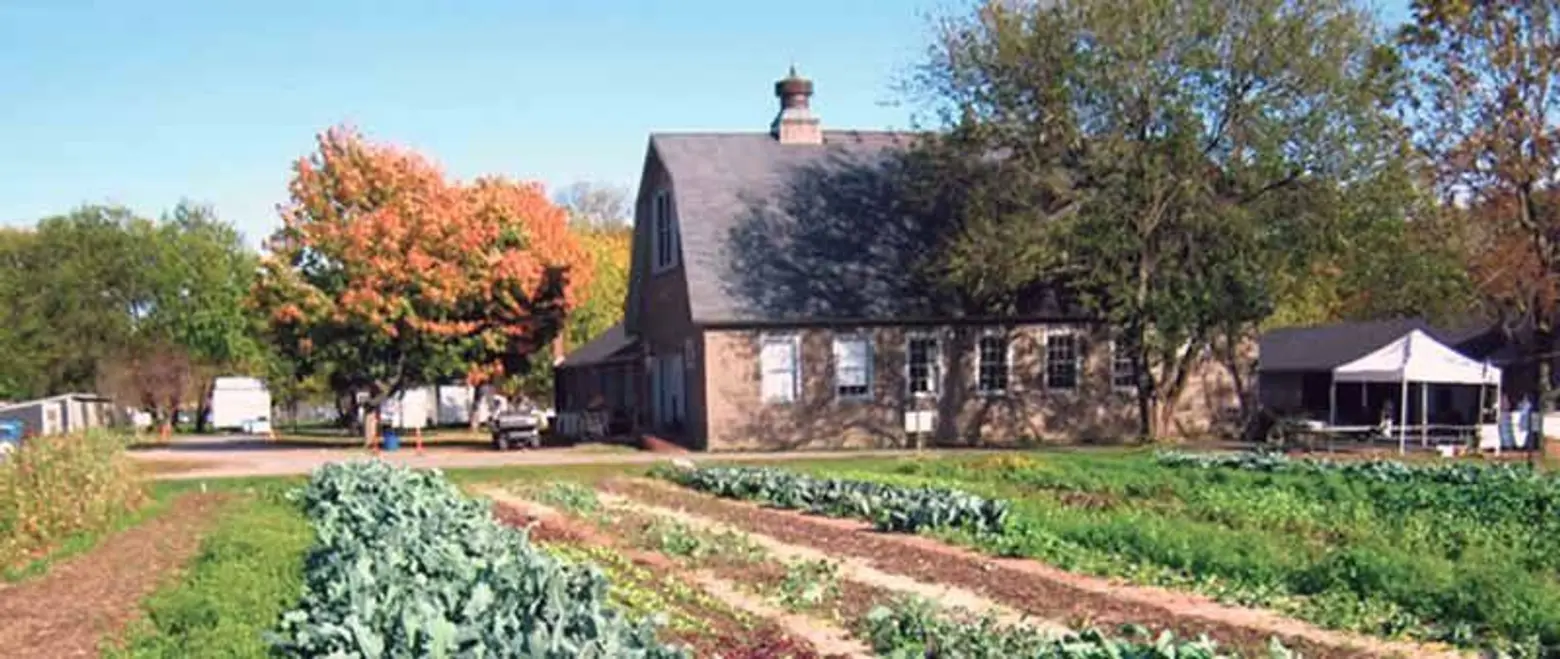
Photo via Queens County Farm Museum
The longest continually farmed site in the state and one of NYC’s last operating farms, the Queens County Farm Museum provides a rare glimpse into Queens’ agricultural past. The farm was first established in the 17th century and was operated by several families for almost 300 years. In 1927, the 47 acres and its historic farmhouse, built circa 1772, were purchased by the State of New York as part of the nearby Creedmoor Psychiatric Center, whose patients used the grounds as therapy. In the early 70s, the program has dissolved and the structures were slated for demolition. Local residents and politicians successfully advocated for the state to transfer the entire site to the city for use as a public park.
Today, the Museum includes historic farm buildings, a greenhouse complex, livestock (cows, goats, chickens, pigs, etc.), farm vehicles, planting fields (from which crops are sold), an orchard, and an herb garden. There are a pumpkin patch, corn maze, and hayrides in the fall, a petting zoo, educational programs regarding historic farming techniques, open hearth cooking, and animal care, and a seasonal farmers’ markets.
+++
To learn more about all 23 house museums, visit the Historic House Trust >>
Interested in similar content?
Leave a reply
Your email address will not be published.
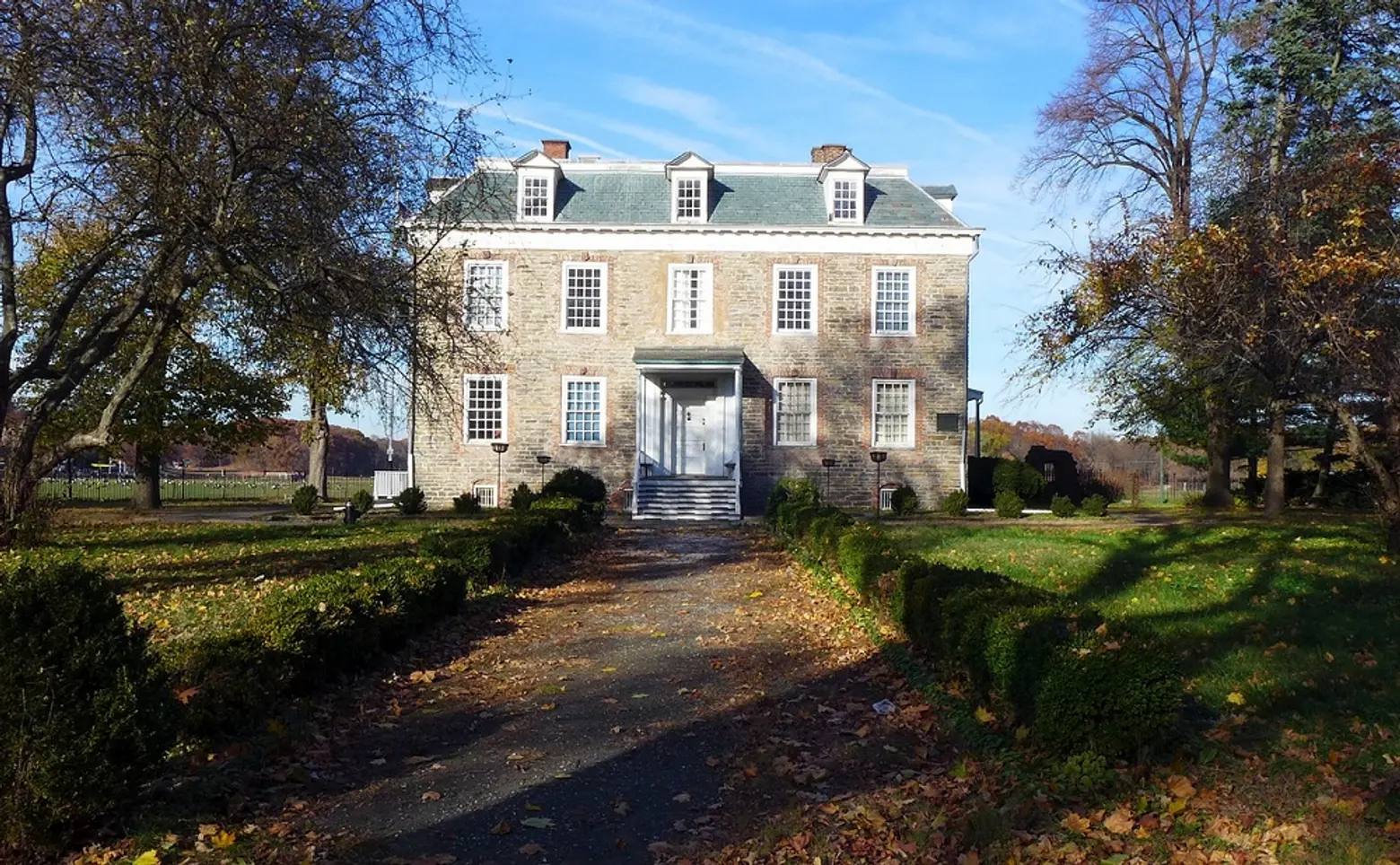
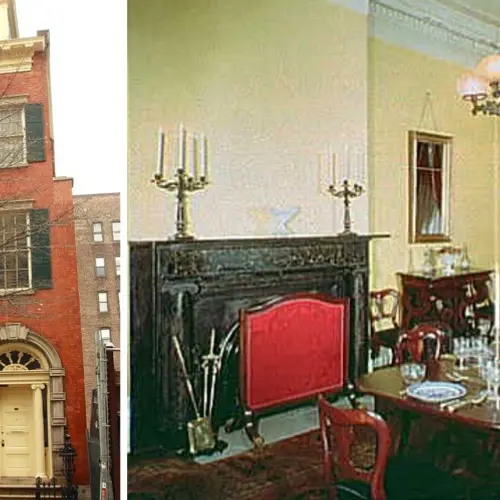
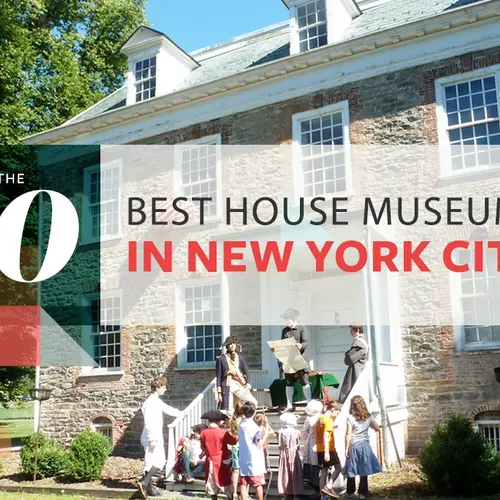
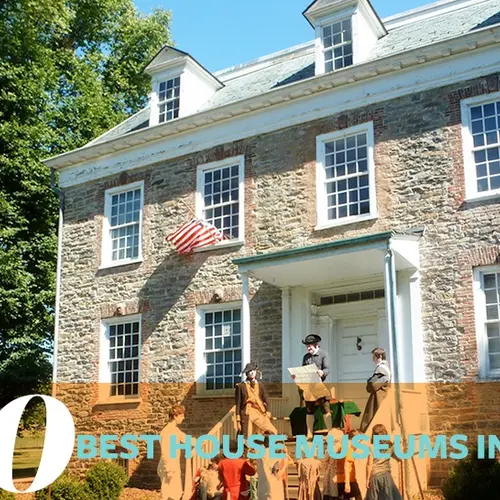
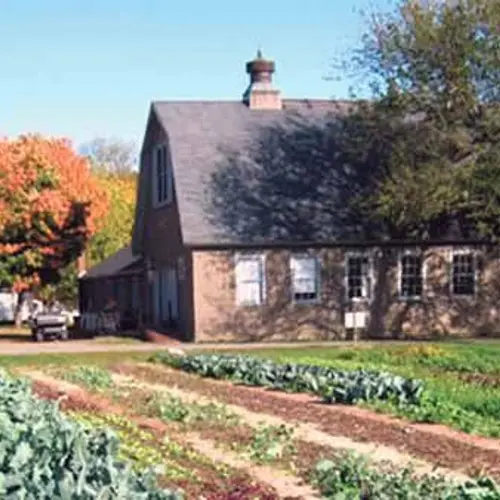
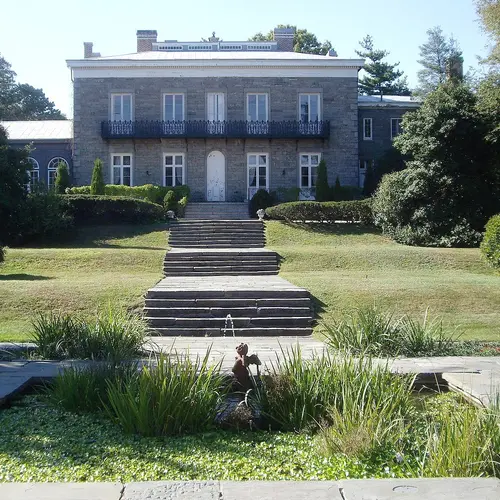
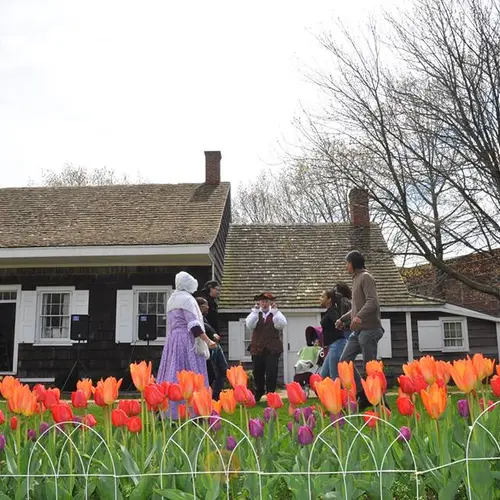
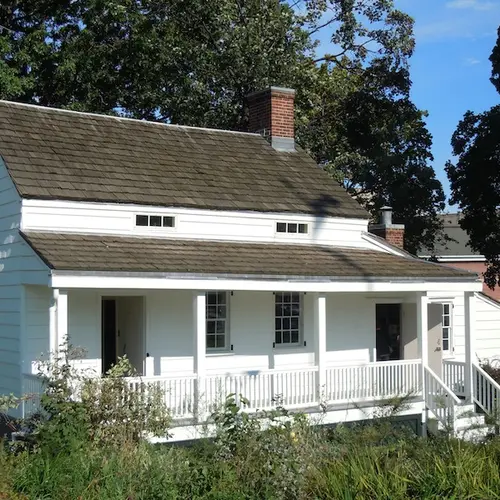
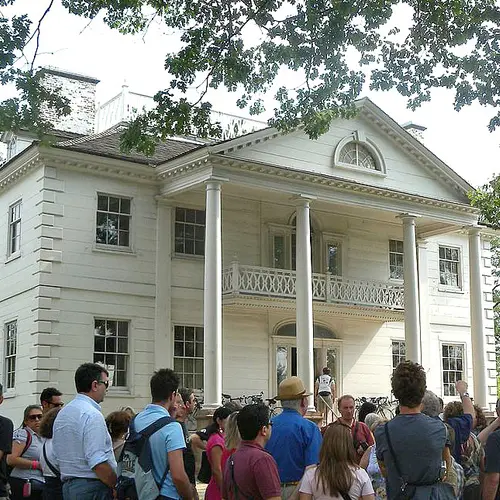

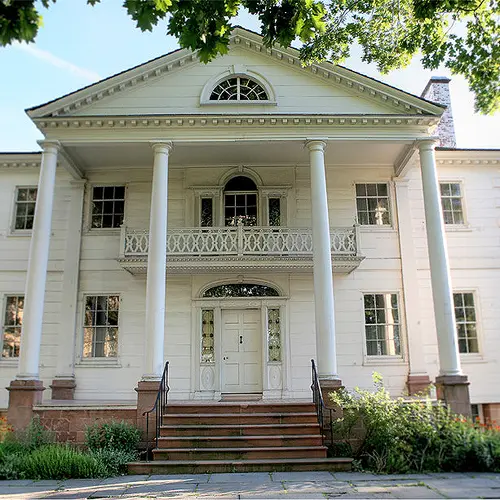
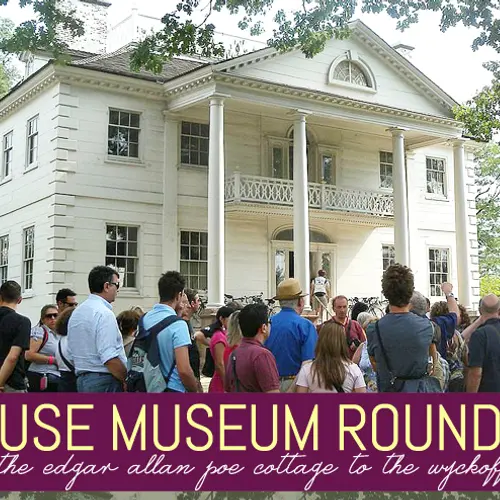
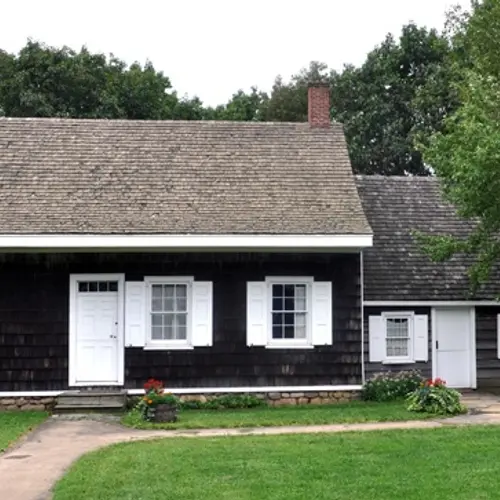
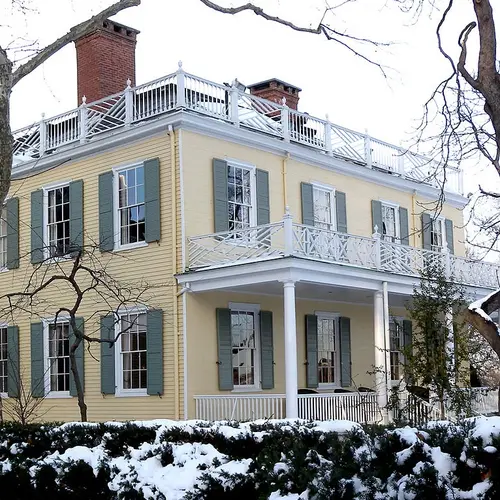
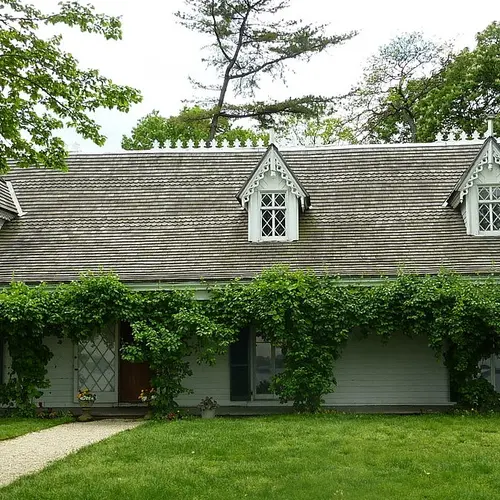
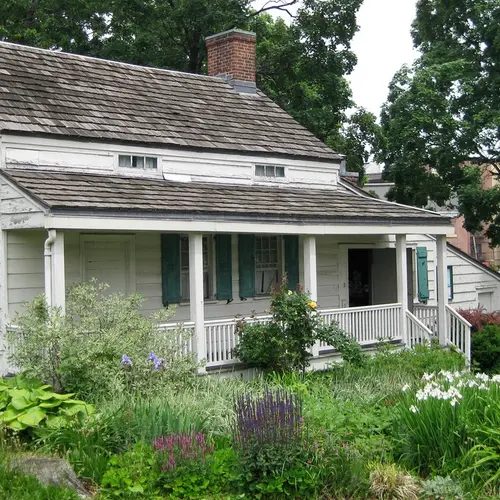
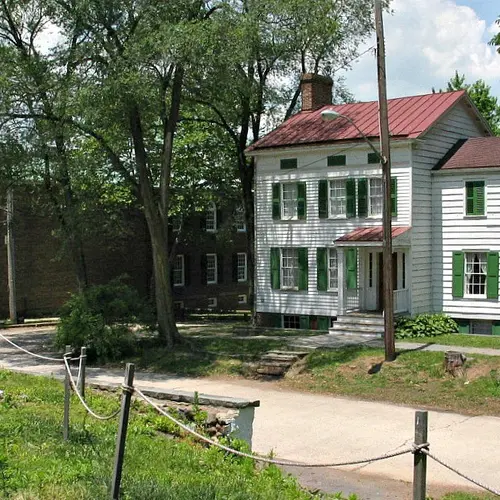





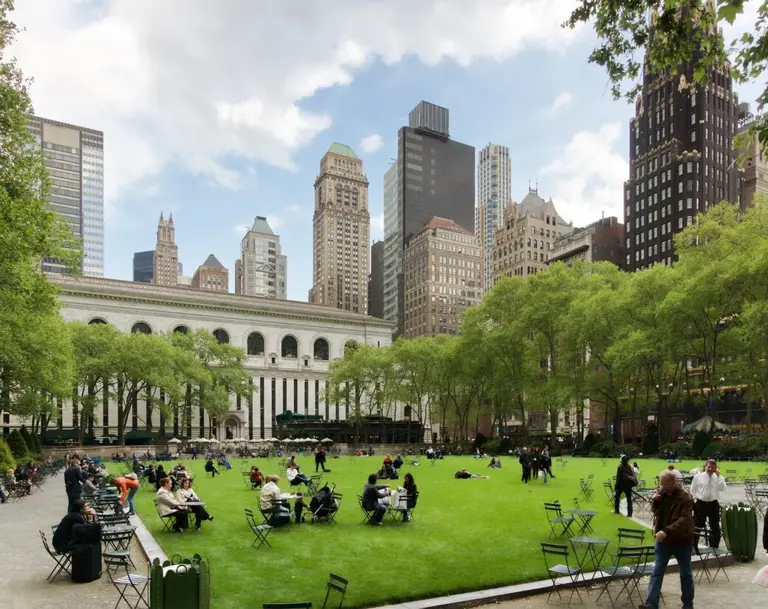






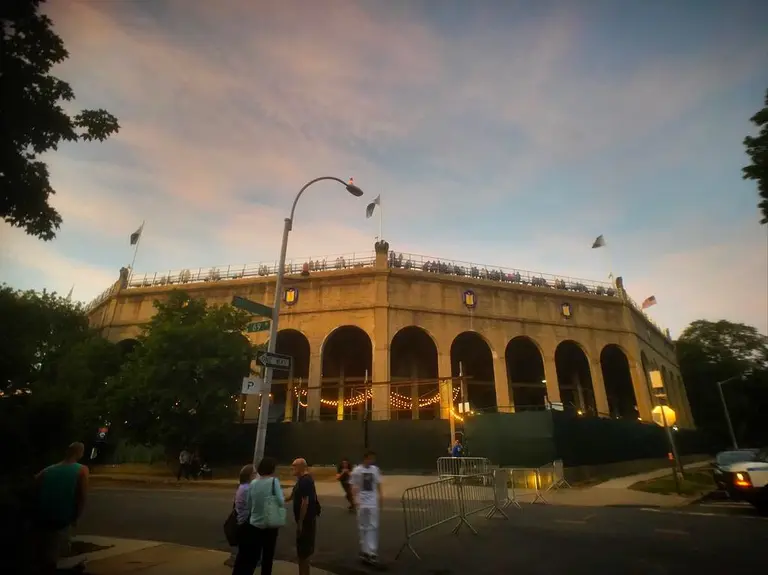
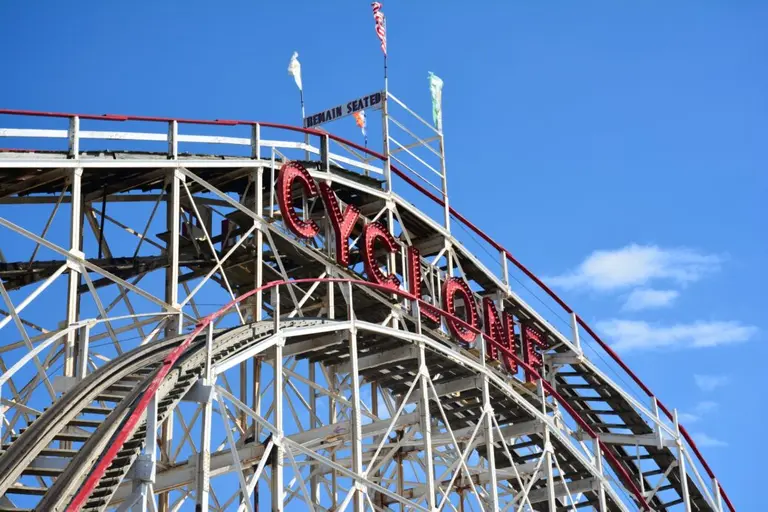















I am interested in being very well informed on all museums in ny vicinity